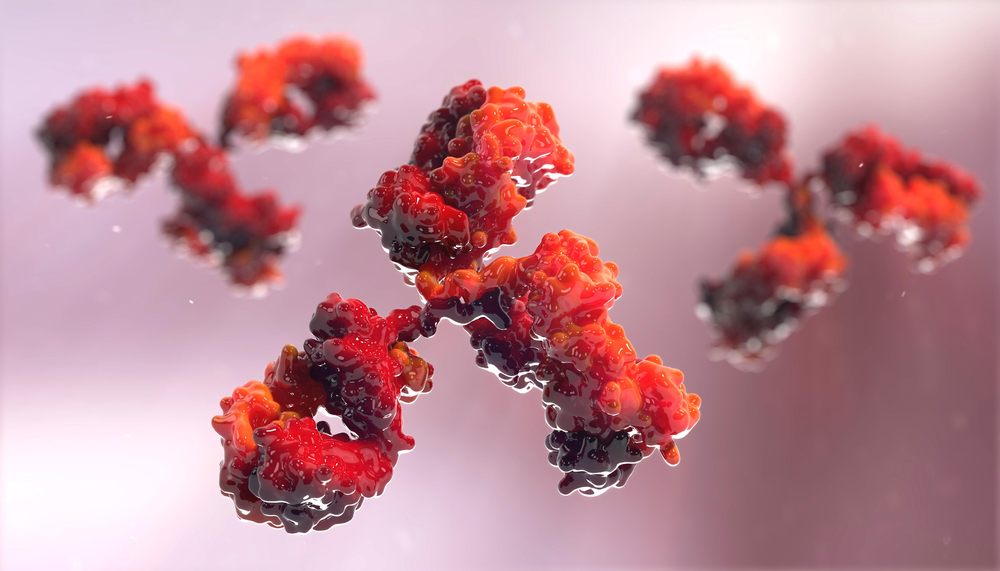High Levels of MPO-ANCA Antibodies Linked to Poor Kidney Function in Long-term, Study Says
Written by |

People with ANCA-associated vasculitis with high levels of myeloperoxidase (MPO) antibodies at diagnosis are more likely to have poor kidney function and lower 2-year renal survival, a study says.
The study, “High anti-neutrophil cytoplasmic antibody titers are associated with the requirement of permanent dialysis in patients with myeloperoxidase-ANCA-associated vasculitis,” was published in the Journal of the Formosan Medical Association.
Anti-neutrophil cytoplasmic autoantibody (ANCA)-associated vasculitis, or AAV, is an autoimmune disease caused by the production of autoantibodies — antibodies that wrongly target and attack healthy cells — leading to blood vessel inflammation and swelling in affected tissues and organs.
For many years, the prognosis of people with AAV has been grim, mainly because the disorder affects the function of multiple organs in the body, especially the kidneys.
“The prognosis of AAV depends on the treatment response to immunosuppressant therapy or the frequency of disease relapse. In addition, prolonged use of potent immunosuppressant can cause over-immunosuppression, leading to infection and malignancy and then causing patient death. Therefore, finding a reliable predictor for the long-term outcome is crucial,” the investigators said.
Kidney biopsy is currently the gold-standard predictor of long-term kidney health. However, in some AAV patients who are also affected by other medical complications, such as systemic infections or lung bleeding, kidney biopsy may not be feasible.
To find other options, a team of researchers from the Chang Gung University in Taiwan set out to assess the usefulness of measuring the amount of MPO-ANCA antibodies, a type of autoantibodies produced by AAV patients, as a prognosis predictor of kidney disease.
The study involved a total 97 patients who had been diagnosed with MPO-AAV while hospitalized at the Linkou Chang Gung Memorial hospital, or at the Keelung Chang Gung Memorial hospital, between January 2005 and December 2016.
The amount of MPO antibodies produced, as well as other clinical features, were all collected at the time of diagnosis. Then, medical records were analyzed up to two years after the initial diagnosis to assess long-term kidney health.
Participants were divided into two groups, depending on the level of autoantibodies produced. The high titer group, which included 52 patients, had levels of MPO antibodies that were more than four times higher than normal values. The low titer group, consisting of 45 people, had levels of MPO antibodies that were four times lower than the normal value.
Results showed that participants from the high titer group had poor kidney function at the time of diagnosis, as assessed by the estimated glomerular filtration rate, eGFR. These patients showed a significantly lower two-year renal survival, compared with those in the low titer group. However, overall survival was identical in both groups.
Statistical analyses showed that in patients from the high titer group, the Birmingham Vasculitis Activity Score (BVAS, a measure of disease activity), eGFR, and a 4-fold increase in the levels of ANCA antibodies, were all linked to kidney dialysis after two years.
Subgroup analyses found the amount of ANCA antibodies produced also was a relevant risk factor for kidney health among the individuals whose kidney function was less compromised at baseline.
“In conclusion, patients with ANCA titers more than four times of the normal cut-off value at AAV diagnosis had worse initial renal function and 2-year renal survival in this study. In contrast, the 2-year patient survival rate was not different in patients with high and low ANCA titers. However, only evidence from one observational study is not sufficient to make any recommendation and additional large-scale studies are warranted for validation,” the researchers said.





